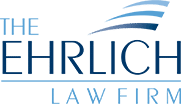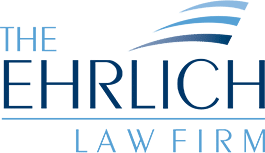



The law requires that insurance policies be drafted in clear language. But anyone who has tried to read an insurance policy knows that they are seldom clear and that they are almost always difficult to read and understand.
Determining what the policy covers and does not cover can be made a little bit easier by knowing how insurance policies are typically structured. Almost all policies are structured in the following way:

The “declarations” page is usually the first page of the policy. It is often typed instead of being on a pre-printed form. It will show who the “named insured” of the policy is, and will list the type of coverages that are provided in the policy (such as “dwelling” or “property damage” or “liability.”) The declarations also list coverage limits for each type of coverage (in other words, the amount of coverage that has been purchased), and will list the endorsements that are part of the policy.
The “definitions” explain how the insurance company has used certain words or terms in the policy. For example, the policy is likely to refer to the insurance company as “us.” The term “us” will be a defined term in the policy. Similarly, the policy will refer to “you” and that term will be defined to mean “the named insured referred to in the declarations.”
The “coverages” contain the promises that the insurance company has made. They explain what the policy provides coverage for.
“Exclusions” are provisions that take away coverage that would otherwise be provided by the policy. For example, a health-insurance policy might promise to pay for all medically-necessary treatment required by the policyholder, but this broad promise will be qualified by an exclusion for treatment that is deemed “experimental.”
The “conditions” explain what the policyholder must do in order to qualify for coverage in the event of a loss, and explain how losses will be paid. For example, in a homeowner’s policy, a typical condition of coverage is that the loss be reported to the insurer within a year after it occurs. Some conditions in the policy will be strictly enforced. Others, by contrast, will be subject to statutes or legal rules that effectively make them unenforceable.
“Endorsements” are special provisions added to the policy to change its terms. They are most commonly used to modify the terms of a policy after it has been issued. Rather than issue an entirely new policy, the insurer will simply issue an endorsement that refers to the part of the policy it is changing, and which will replace that provision.
Sometimes, insurance companies will issue a basic policy, but will allow the policyholder to purchase additional types of coverage by paying an increased premium.
These special coverages will often be added by endorsement. For example, a homeowner’s policy will typically exclude all coverage for earth movement, and hence does not cover losses caused by an earthquake. But for an extra premium, the carrier may add earthquake coverage, and this coverage will be provided by an endorsement.
It can sometimes be difficult to differentiate between the parts of a policy. Insurers may limit coverage by defining policy terms in a special way. Or they may include language in one section of the policy that would seem to belong in a different section. For example, they may limit the scope of a coverage with exclusionary language contained within the insuring clause, instead of in a separate exclusion. Or they may limit the scope of an exclusion by inserting language that creates an exception to its operation. (This is called an exception to an exclusion.)
As a result, it is often difficult for anyone other than an expert to be able to read an insurance policy and know what it covers, and sometimes even the experts will disagree.
California insurance appeals attorney, Jeffrey I. Ehrlich, is an appellate specialist certified by the State Bar of California’s Committee on Legal Specialization. He is a principal of the Ehrlich Law Firm, and handles legal appeals throughout California.
© 2026 Ehrlich Law Firm
Legal Disclaimer | Privacy Policy
Law Firm Website Design by The Modern Firm